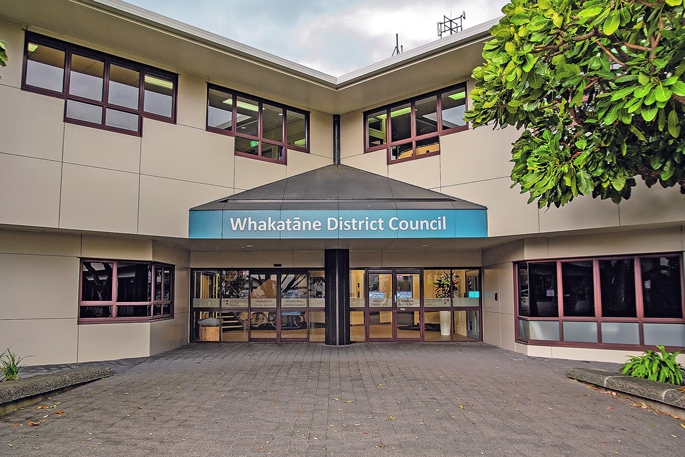How rates should be distributed across the district saw a variety of opinions from councillors during Whakatāne District Council's deliberations on the Long-Term Plan 2024-2034.
Council staff had recommended a reduction of the Uniform Annual General Charge - a flat rate paid by all ratepayers regardless of the value of their properties - be reduced to 20 percent of total rates revenue. Councils are allowed to set the UAGC at up to 30 percent.
The greater percentage of rates revenue this charge is, the more of the rates burden is carried by people with lower-value properties.
During its Long-term Plan 2024-2034 consultation, Whakatāne District Council asked the public to choose between three percentage options for UAGC – 24 percent, 20 percent and 16 percent. Based on submissions, council staff recommended the 20 percent option.
Most councillors disagreed with the recommendation and some express a wish to return to a higher percentage.
Councillors John Pullar, Wilson James, Gavin Dennis and Julie Jukes were for keeping it at 24 percent.
“We know there’s a lot of people struggling but there’s a lot of rural people, people living at Ōhope, who haven’t got the cash flow either,” Mr James said.
Councillor Gavin Dennis agreed if the council went down to 16 percent it would be very good for urban people but it would be “terrible for the folk who are also doing it very hard like the farmers”.
“I’m mindful that last LTP we brought it from 28 down to 24. You can’t just keep dropping it and punishing people.
Councillor Nandor Tanczos was alone in wanting to see it reduced to 16 percent.
“The UAGC is a flat tax that is regressive in that it disproportionately impacts people who have low assets. By reducing the UAGC we make it so that people with low value assets pay proportionately less.”
He said he recognised that someone could have high-value assets but a low income stream.
“One of the farmers showed me their rates bill and I was horrified by the sight of it to be honest,” he said. “The bulk of that was the (Bay of Plenty) Regional Council rates. It’s to do with the flood protection work on the Rangitaiki Plains. The district council rates bill was less than a quarter of the overall rates bill.”
Mayor Victor Luca, Deputy Mayor Lesley Immink and councillors Ngapera Rangiaho, Tu O’Brien, Toni Boynton and Andrew Iles formed the majority wanting to take the middle road of 20 percent.
LDR is local body journalism co-funded by RNZ and NZ On Air.




0 comments
Leave a Comment
You must be logged in to make a comment.